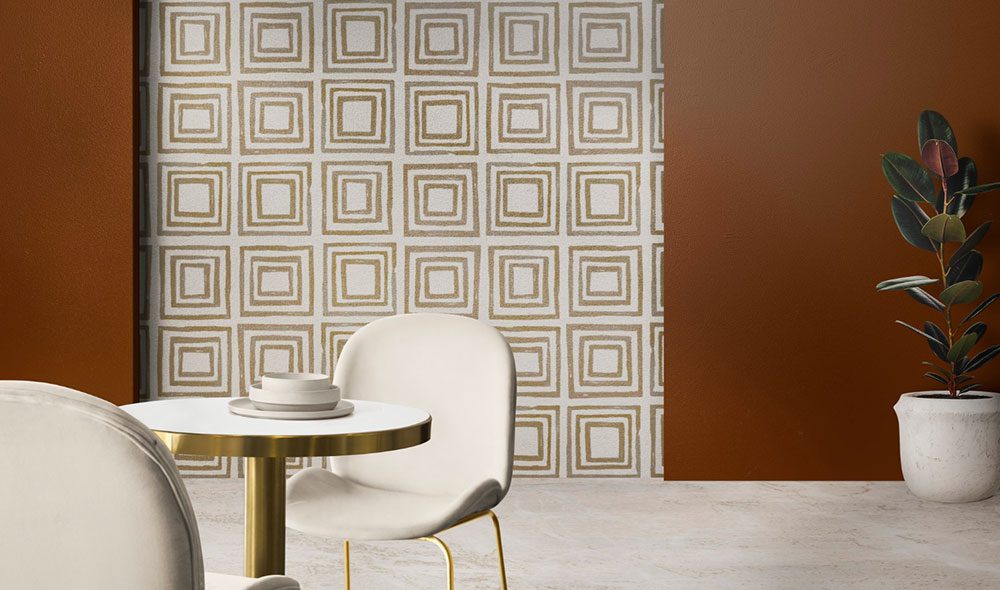
5 Ways to Add Warmth and Texture to Your Interiors
Introduction
Ever walked into a room and instantly felt a sense of comfort, coziness, and calm? That feeling often comes from how warmth and texture are layered into the space. While sleek and minimal interiors have their charm, they can sometimes feel sterile or flat. The secret to making your home feel lived-in and welcoming lies in how you balance softness, contrast, and tactile materials.
Whether you’re starting from scratch or looking to refresh your current setup, here are 5 easy ways to add warmth and texture to your interiors—no major renovations required.
1. Layer with Soft Furnishings
Nothing says comfort like a cozy couch layered with plush cushions and throws. Textiles are one of the easiest and most effective ways to bring in warmth—both visually and physically.
Try This:
- Mix fabrics: Combine velvet, linen, wool, or faux fur for depth and contrast.
- Throw blankets: Drape them over the sofa, chairs, or at the end of your bed.
- Cushions: Use different sizes and textures, with neutral tones or warm colors like rust, beige, mustard, or olive.
Layering textures through fabrics helps the room feel inviting and complete.
2. Use Warm Lighting and Dim Layers
Lighting isn’t just functional—it plays a huge role in setting the mood. Cold white lights can make a room feel harsh, while warm-toned bulbs and layered lighting instantly add depth and softness.
Try This:
- Use table and floor lamps instead of just overhead lights
- Choose warm-white or amber bulbs (~2700K to 3000K)
- Install dimmers to adjust brightness for different times of day
- Add candles, lanterns, or LED strips for ambient lighting
Warm lighting creates cozy corners and helps the room feel more relaxed and intimate.
3. Incorporate Natural Elements
Bringing in elements from nature can soften modern interiors and add a sense of organic texture.
Try This:
- Wood accents: Choose wooden furniture, beams, or even just a rustic tray or shelf
- Stone and clay decor: Use ceramic planters, marble trays, or earthen vases
- Greenery: Indoor plants like fiddle leaf figs, snake plants, or dried pampas grass
- Jute, rattan, or cane: Add texture through rugs, baskets, or furniture detailing
These materials add soul to the space and break the monotony of overly polished finishes.
4. Create Visual Texture with Walls and Floors
Walls and floors are often overlooked, but they’re perfect canvases for adding depth.
Try This:
- Textured wallpapers or wood paneling on a feature wall
- Use woven or patterned rugs to break up uniform flooring
- Add artworks or photo frames with mixed materials like wood, metal, or fabric
- Consider textured paint finishes like limewash or suede
These additions not only create visual interest but also introduce tactile elements that make the space feel warmer.
5. Style with Personal Touches and Vintage Finds
Texture isn’t just physical—it’s also emotional. Personal artifacts and vintage pieces bring story, character, and uniqueness to your home.
Try This:
- Display travel souvenirs, books, or family heirlooms
- Use vintage furniture, thrifted finds, or handmade pottery
- Style open shelves with a mix of new and old items
- Incorporate woven baskets, textiles from local artisans, or handcrafted decor
When your home reflects your personality, it automatically becomes more inviting and layered.
Conclusion: Make It Yours, Make It Warm
Adding warmth and texture doesn’t require a big budget or a complete overhaul. It’s about thoughtfully layering tactile elements, playing with light, and bringing in materials that make you feel grounded and at ease.
Whether it’s a velvet cushion, a clay vase, a soft rug under your feet, or that wooden armchair you inherited—every detail contributes to the cozy narrative of your home.
So go ahead, mix, layer, and personalize—and watch your interiors come alive.




